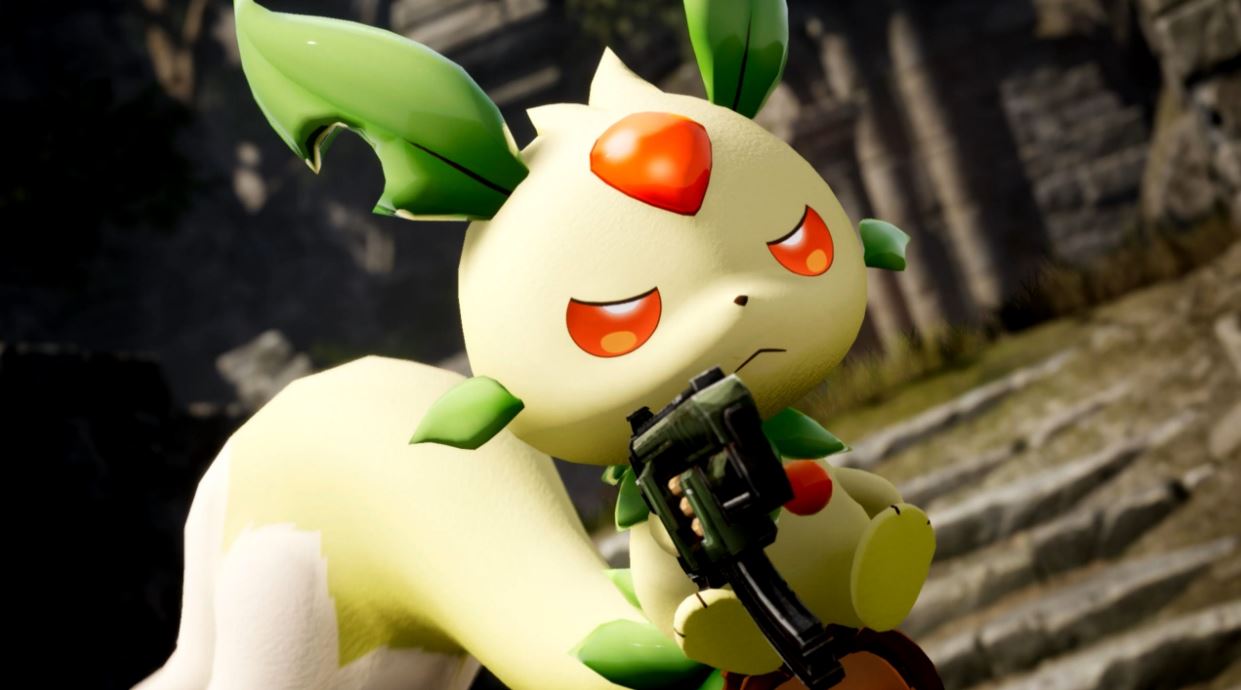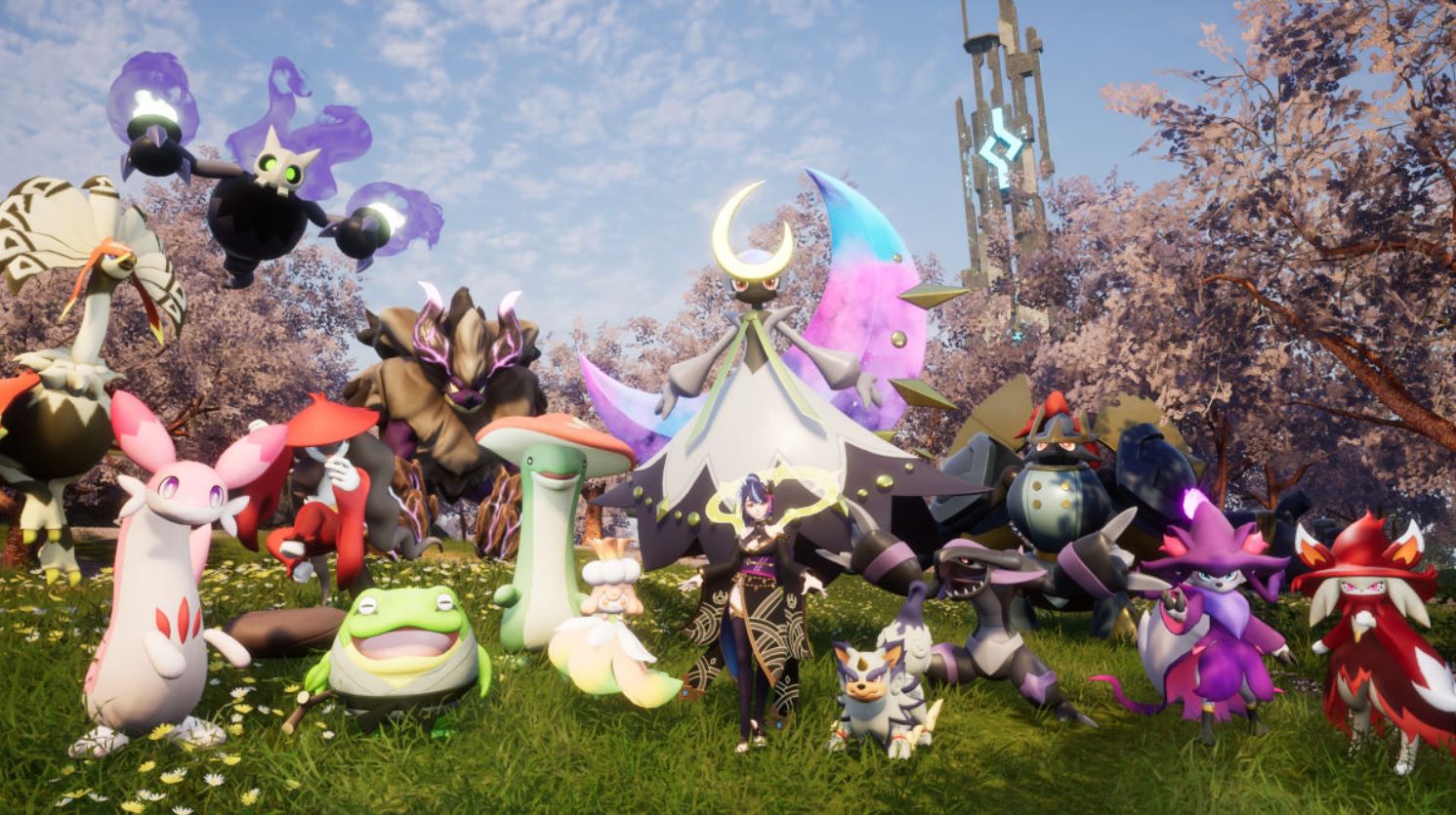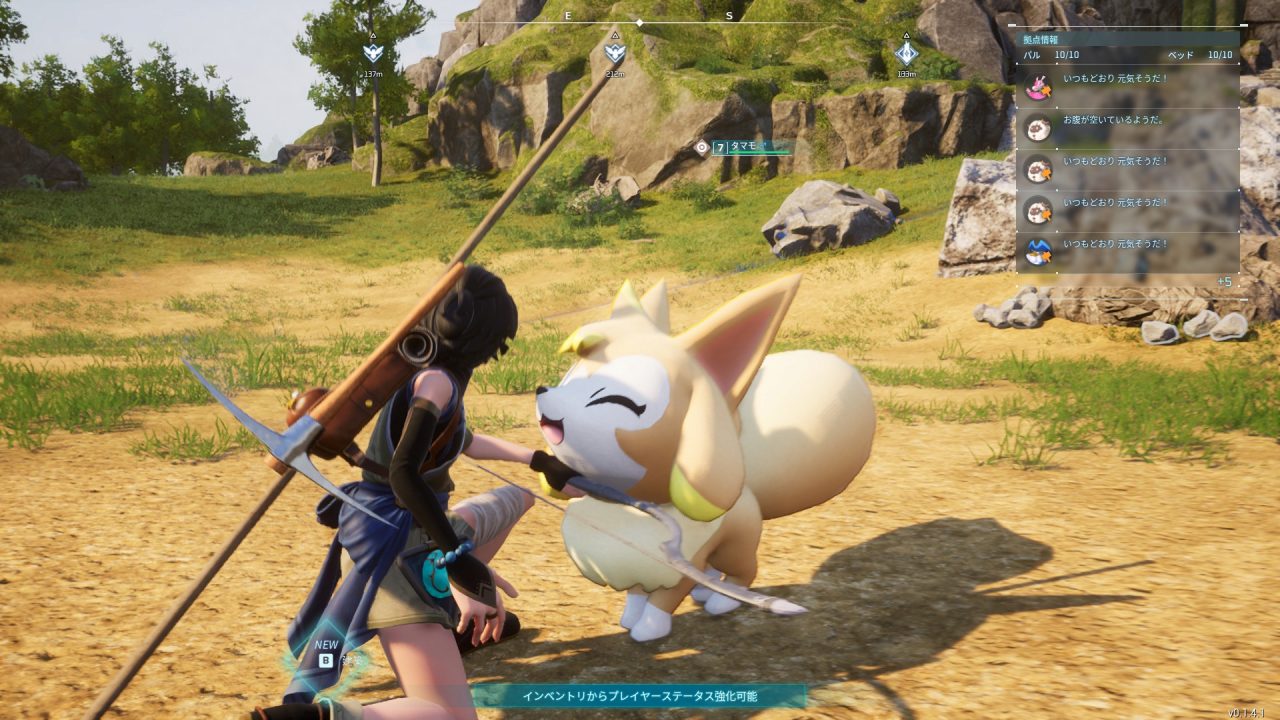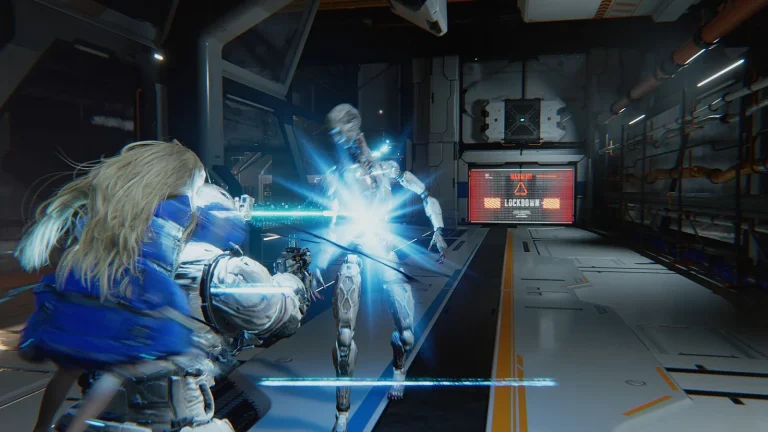Nintendo and The Pokémon Company announced on September 19 that they have filed a lawsuit against PocketPair over their monster catching survival game Palworld. To the surprise of many, Nintendo claims patent infringement rather than copyright or trademark infringement, which means that the lawsuit revolves around things like technology and in-game mechanics, rather than similarities in design and concept.
This has left people wondering what patents of Nintendo Palworld is allegedly infringing. Kiyoshi Kurihara, a Japanese patent attorney and consultant on intellectual property offered an analysis of the situation for Yahoo Japan.
Kurihara starts by addressing the similarities between Palworld and Pokémon: “As you may know, there have been opinions about Palworld’s monsters being similar to Pokémon in terms of form.” However, Kurihara reckons that these similarities would not have been enough to ascertain copyright infringement. “They come close, but they’re narrowly avoiding it,” he comments.

Against this backdrop, Nintendo exercised its rights not through copyright, but through patent rights, seeking injunction and compensation for damages.
But what are the patents in question? “Aside from the monster designs, [Palworld’s] game system does not seem to be very similar to Pokémon, and it seems to be an open-world game similar to Ark. If there is a common point, it is the mechanic whereby you throw a ball-like object at monsters to capture them. If there is any patent infringement to speak of, I think it would be this.”
Since the lawsuit against PocketPair was filed jointly by Nintendo and The Pokémon Company, Kurihara assumes that the patents in question have to be jointly registered by both companies. This narrows down the possibilities to 28 patents. Furthermore, there are 4 divisional patent applications that Nintendo and The Pokémon Company registered after Palworld’s launch.
For extra context, a “divisional patent application” is a type of patent application that contains isolated content from a “parent” patent that has already been registered previously. It is usually used to split up a patent that describes multiple technologies.

The most recent such application made jointly by Nintendo and The Pokémon Company is “Patent No. 7545191” from July 30, 2024. According to Kurihara, the companies requested for the review to be accelerated, and the patent was approved as soon as August 22. This special, sped up examination process was used to approve three other patents as well (filed between February 6 and March 5). As the parent patent of these four divisional patents was registered in December 2021, they are legally effective against Palworld, which launched in January this year.
Based on these circumstances, the attorney speculates that Nintendo and The Pokémon Company filed these four divisional patents as part of a common technique of amending an existing patent for use in litigation against a specific (allegedly infringing) property.
The previously mentioned Patent No. 7545191 appears to, in essence, be about the mechanic of catching Pokémon. It describes (in extremely simplified terms) the following processes: aiming a capture item (Poké Ball) at a character placed on the field (Pokémon), releasing the capture item in a direction determined by player input, judgement of whether capturing is successful or not upon contact between the capture item and Pokémon, changing of the Pokémon’s status to “owned by the player” when capturing is successful. In addition, the patent also covers the mechanic of having capture probability displayed to the player, regardless of whether it uses colors, graphics or numbers.

Kurihara calls this patent a “killer patent,” commenting, “It seems like it would be hard to avoid if you want to make a Pokémon-like game, and it’s easy to infringe if you’re not careful.”
The expert does not go into detail about the rest of the remaining three divisional applications made by Nintendo and The Pokémon Company, namely patents No. 7528390, 7493117 and 7505854. However, a rough look at their descriptions suggests that the former is related to riding on top of Pokémon, while the latter two tie into the specifics of catching Pokémon.





